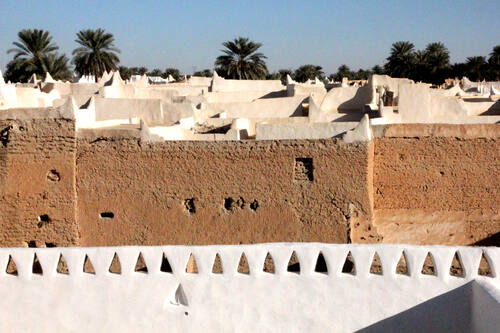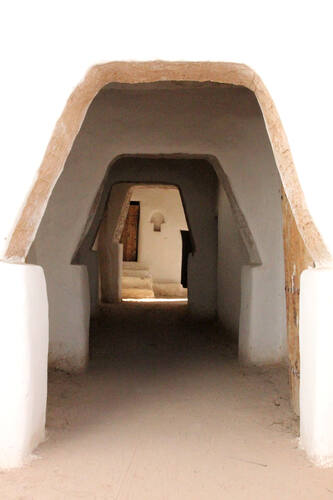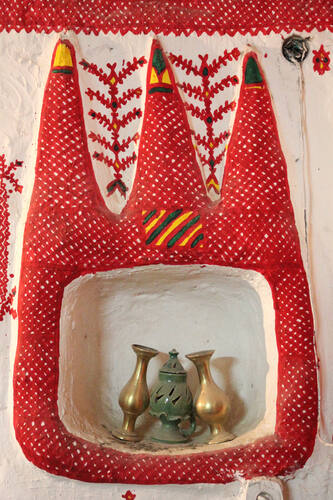 |
| Ahhh...Libya? |
One place I really hope calms the fork down is Libya. Every since I read about the Muslim invasion of the area around 660 CE as a kid, I've wanted to go and see the amazing Greek, Roman, and Berber cultural leftovers which Muslim culture graphed on to. The past dude in charge, however, had no interest in a little Canadian kid getting the chance to let her run around the desert. Mr. Gaddafi had bigger problems and he was...removed in 2011 in the civil war.
Since the defeat of Gaddafi's loyalist forces, Libya has been torn among numerous, rival, armed militias affiliated to regions, cities and tribes, while the central government has been weak and unable to bring its authority over the country. Competing militias have lined up against each other in a political struggle between Islamist politicians and their opponents.Can you say power vacuum? And that means those wankers Daesh are there too doing their crap.
So I'm out of luck getting to see this:
 |
| From National Geographic |
 |
| Copyright- Mike Gadd |
 |
| Copyright: Federica Leone |
This is the amazing Old Ghadames, an oasis town in the heart of the Sahara desert is on the edge of Libya, close to both the Algerian and Tunisian borders. It was named an UNESCO World Heritage site in 1986.
 |
| Copyright: Federica Leone - UNESCO |
The last family voluntarily withdrew from the old town in the late 1990s, "due to a lack of water and electricity." I think more they were forced to move as that sounds like a suddenly odd reason now. The old town now stands as a monument to what was a feat of architectural engineering for a Saharan oasis town.
Traveller and cool chick Adela Suilman wrote about visiting Ghadames:
Local guide Mohammed tells me, "growing up in the old town as a child you quickly have to commit to memory the numerous tunnels and passages, determining which are true and which are dead ends. It stimulates a healthy memory!" 50 years on, Mohammed can still navigate the old town maze by heart as I blunder around behind him, barely able to see my hand in front of me. The stark contrast of dark and light, as well as the bright white buildings play tricks on the eyes and it's easy to become quickly bedazzled by this unique walled town.
Moving into one of the traditional dwellings, one is immediately hit with a burst of colour which starkly contrasts the white outer walls. Traditional Ghadamesy colours are utilised, predominantly red with complimentary yellow, green and orange. Some front doors are also decorated with these colours to denote that its inhabitants have undertaken the Hajj pilgrimage to Mecca.
 |
| Copyright: Federica Leone - UNESCO |
Each of the rooms within the uniform 4 story houses has a designated purpose, whether it's wheat storage or rooms for washing the dead before burial. The high roofs and light colours make the houses intensely cool as a relief to the outside Saharan heat. As light is rare within the old town, mirrors are strategically hung on the walls throughout the houses to cleverly reflect light into each room. As one moves up the house to the rooftop you are greeted by a silent city. The roofs of all of the houses in the old town are connected by narrow walkways. Traditionally only women could roam the rooftops, acting as lookouts for Saharan caravans and news as well as being the primary location for them to socialise with one another.
So...too bad for me. It's too unstable and violent now for me to go safely into Libya and see this amazingly historically important and beautiful place. For now.






